In the field of mobile communications, we often refer to the concept of Pool. Pool, usually translated as a pond, pool. Pool is commonly referred to as a "pool" in mobile communications.
A pool is a resource pool that combines N devices to implement resource sharing, load sharing, and disaster recovery backup.
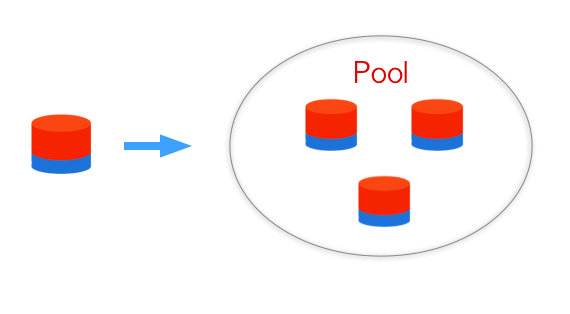
As early as in the 3G era, there were specifications for the core network element MSC and the SGSN group Pool, which broke the previous one-to-one control relationship between BSC/RNC and MSC.
For example, MSC Pool refers to multiple MSCs that form a resource pool. The MSCs in the pool implement resource sharing, load sharing, and disaster recovery backup. The BSC/RNC is connected to all MSCs in the pool. Even if an MSC is hanged, it will not affect services. There are other MSCs to undertake.
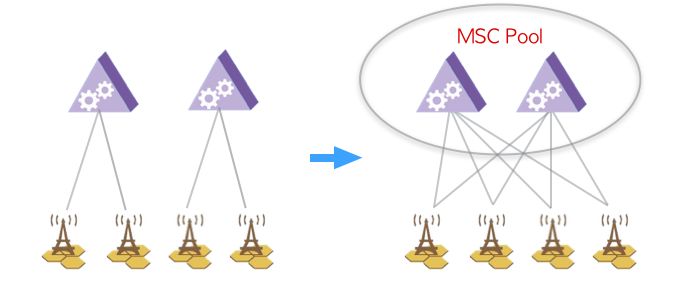
When building 4G VoLTE, considering the importance of the core network elements, the network elements such as CSCF and AS also use the group pool to implement disaster recovery and load sharing.
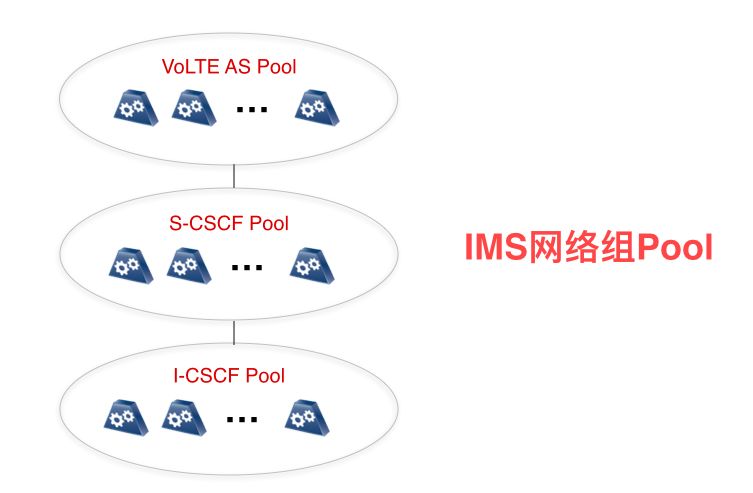
However, most of the traditional IMS adopts ATCA equipment, which is a dedicated telecom equipment with tight coupling between software and hardware. It lacks flexibility and flexibility. In order to provide flexible and diverse services for the future, in 2013, 13 operators will take the lead in NFV (network). Functional virtualization) organization.
The NFV removes the software and hardware binding relationship of the traditional dedicated telecommunication equipment, and splits it into a hardware layer, a virtualization layer, and a virtualization function network element layer (VNF) three-layer decoupling, wherein the hardware layer adopts general hardware devices and is composed of The resource pool, the implementation of the network function is no longer bound to a single dedicated hardware resource, but is deployed in software on the resource pool.
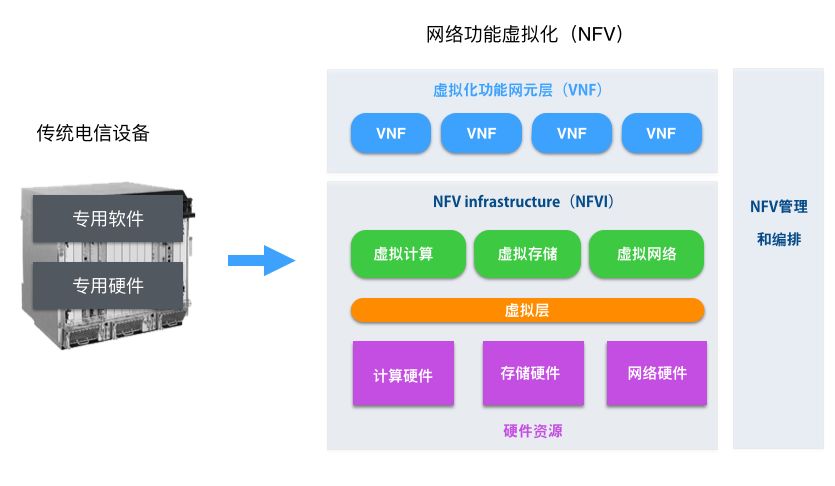
This is another network transformation that our telecom industry has faced after All IP - NFV cloud transformation.
Due to the introduction of NFV cloud technology, as a traditional telecommunication device, the IMS core network elements such as S-CSCF and AS are naturally virtualized.
then,
This is the emergence of traditional Pool and clouded Pool.

When the traditional pool and clouded pool appear, it is estimated that most of the communicators will think of a word - cutover.
Traditional Pool needs to be cut into the clouded pool?
We will be nervous as soon as we hear the cut.
At this time, a solution called the hybrid group Pool came over.
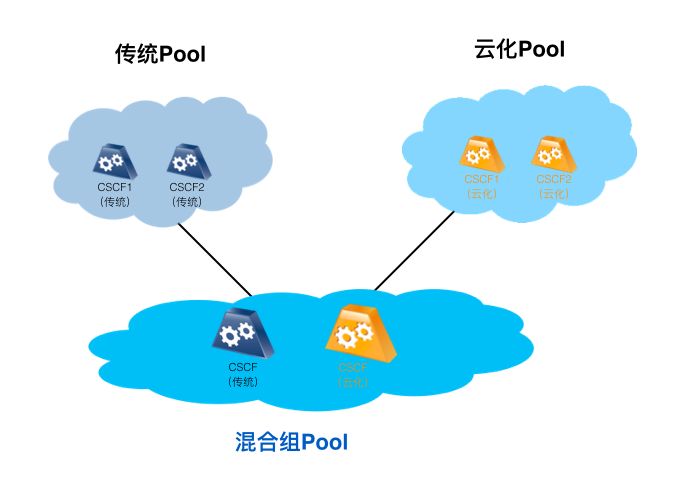
The hybrid group does not need to build a cloud pool independently, and there is no need to migrate users between the two pools.
The hybrid group can also adjust the capacity between the traditional pool and the cloud pool, and provide mutual disaster recovery backup, which improves the flexibility and reliability.
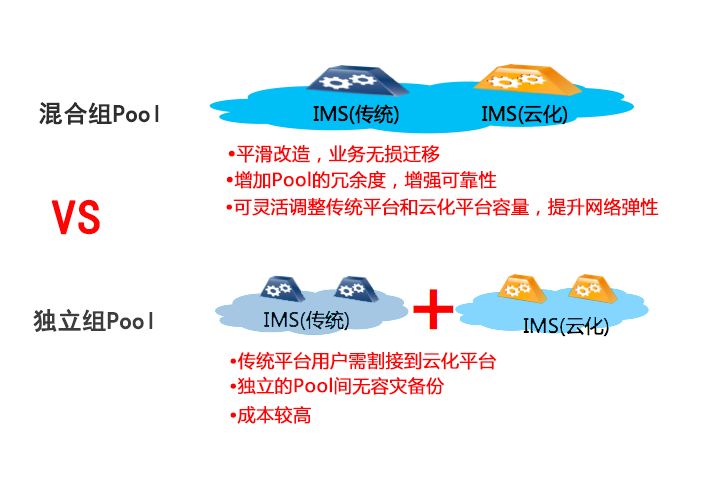
This is like a hybrid car that not only satisfies energy saving and emission reduction, but also does not have to worry about battery life. Moreover, the traditional engine and lithium battery work together to improve reliability and practicability.
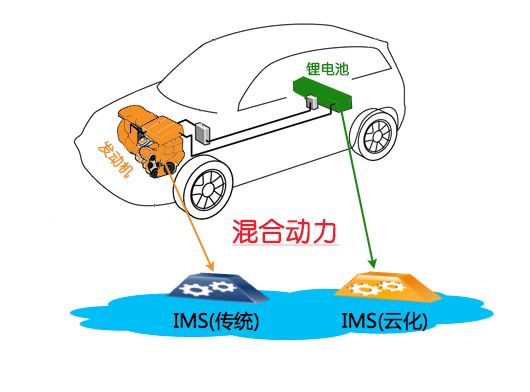
This is also an ideal smooth transition solution. It can be expected that the traditional platform and NFV platform equipment will coexist for a long time. The hybrid group Pool not only saves investment, but also can migrate the tradition according to the traditional network equipment life cycle plan. Network to cloud network.

The idea is good, but what about the hybrid group POOL in the actual scenario?
At this MWC2018, Zhejiang Mobile and Huawei demonstrated the results of the hybrid pool test of the first traditional platform in China and the Multimedia Subsystem (IMS) of the NFV platform.
Test results show that the hybrid group Pool has advantages over the independent group Pool in terms of cost, reliability and flexibility.
Zhejiang Mobile verified the feasibility of the three-layer decoupling cloud architecture: Huawei was selected as the system integrator, and verified 20 sets of VNFs in 9 domains, 10 interfaces and 4 manufacturers. The MANO interface standard was jointly developed to verify MANO docking. The 17 combined scenarios involved; effectively validating the networking in the NFV layered decoupling scenario (providing the hybrid networking of virtualized network elements and traditional physical network elements), functions, and management orchestration capabilities. Huawei's open test platform quickly introduces third-party open source test tools for testing to ensure carrier-class high availability of the network. In December 17th, the world's first three-layer decoupling telecom cloud commercial network was launched. The NFVI cloud platform carries multi-vendor VNFs and promotes efficient operation and maintenance. This marks a new stage in the development of global telecommunications cloud computing.
Explosion Proof Motor,Explosion Proof Servo Motor,Exproof Motors,Explosion Proof Ac Motor
Yizheng Beide Material Co., Ltd. , https://www.beidevendor.com